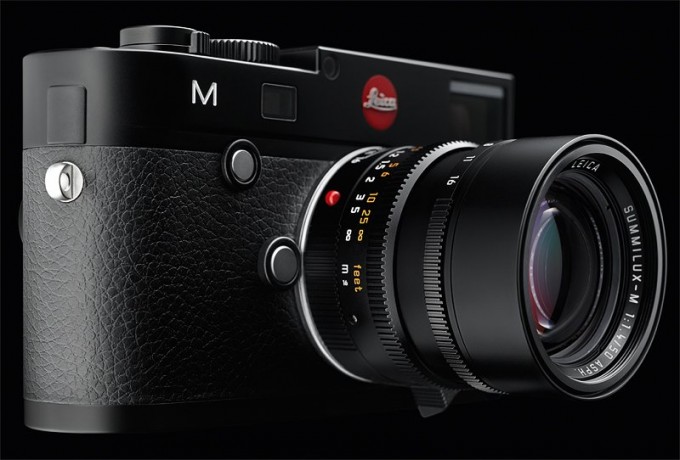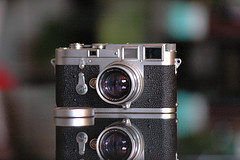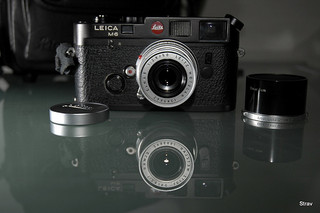My Timeless Affair with the Leica M: Digital vs. Film
/In a world obsessed with the latest camera gadgets and megapixel wars, I sometimes find myself a charming anachronism. My most cherished tools are my Leica cameras – particularly my M10 digital and the classic M6 film camera. These aren't mere instruments; they're extensions of my creative vision.
Why Leica?
The Zen of Simplicity: Unlike many modern cameras loaded with menus and distractions, Leicas have a legendary simplicity. Focusing manually, setting aperture and speed deliberately…there's a purity to the process that forces me to slow down and truly see the image before clicking the shutter.
The Leica Lens Legacy: Leica lenses are legendary for their sharpness, rendering, and unique character. You could talk about a favorite lens or two and how it translates your vision in a way other lenses don't. For example, you might mention a classic vintage lens that adds a special glow or dreamy effect.
A Counterpoint in an Instant World: This emphasizes the slow, deliberate process that using a Leica encourages. You might touch on how using these cameras is a mindful antidote to the constant barrage of images in a digital world. It emphasizes that Leica offers a more meaningful form of image-making to you.
Unmatched Build Quality: They're built like tanks...these cameras have traveled the world with me, surviving demanding environments. There's a sense of legacy knowing a 30-year-old M6 could easily still outlive me.
The Beauty of Imperfection (M6): Film photography embraces the unexpected. Grain, light leaks, subtle imperfections...there's a soulfulness digital can sometimes lack. It reminds me to appreciate the beauty in the imperfect moment.
Digital vs. Film: Not a Competition
My M10 and M6, despite their differences, offer complementary joys. The M10 brings incredible image quality and the convenience of the digital world. But the M6's film process imposes a healthy discipline – I have limited shots, making me savor each composition.
More Than Tools
For me, photography is about storytelling. With Getty, it's capturing decisive moments in news and features. When working on personal projects or leading workshops, the Leicas help me teach others to find the extraordinary within the ordinary.
While newer cameras are undoubtedly unique, there's an undeniable magic about the Leica M experience. Whether it's the smooth focusing, the whisper of the shutter, or the grainy magic of hand-developed film, it's a reminder of why I fell in love with photography decades ago.
Do check my Leica Workshop here





















